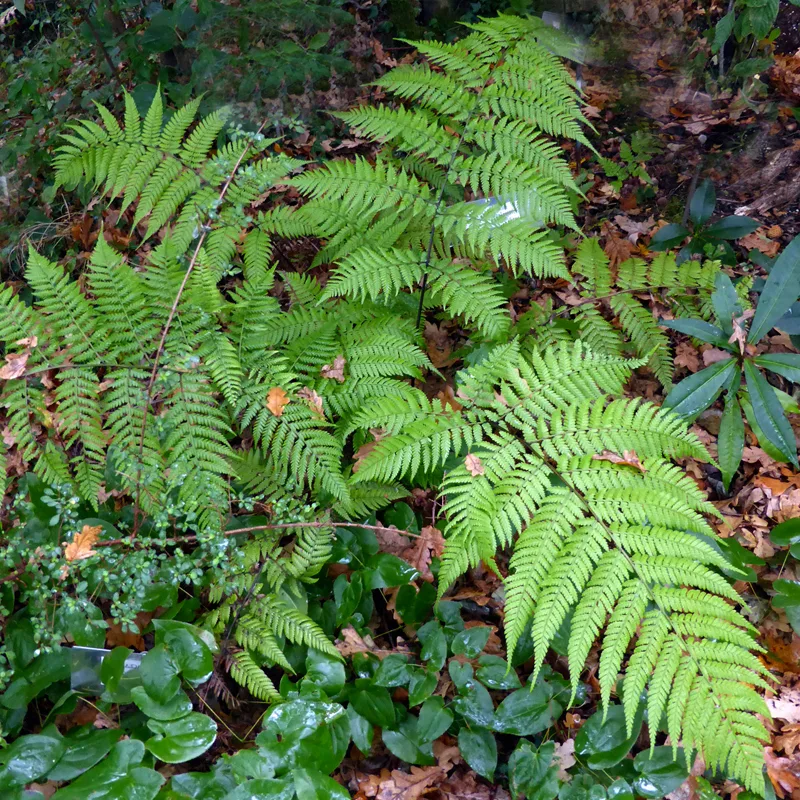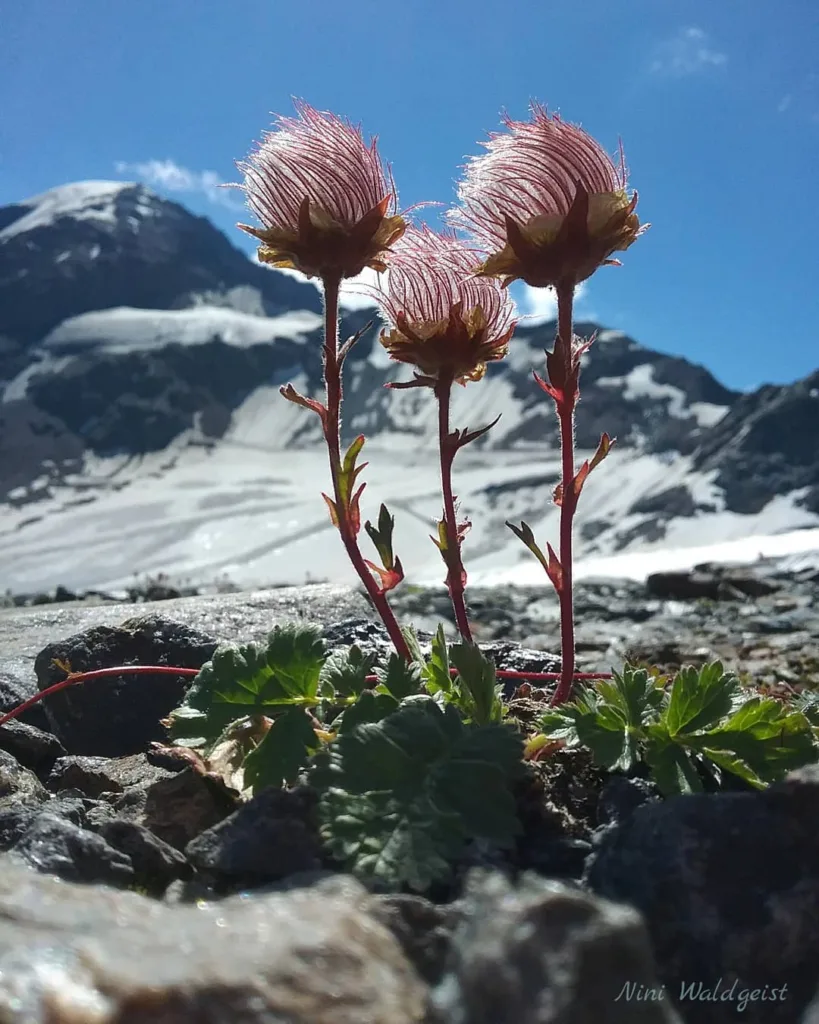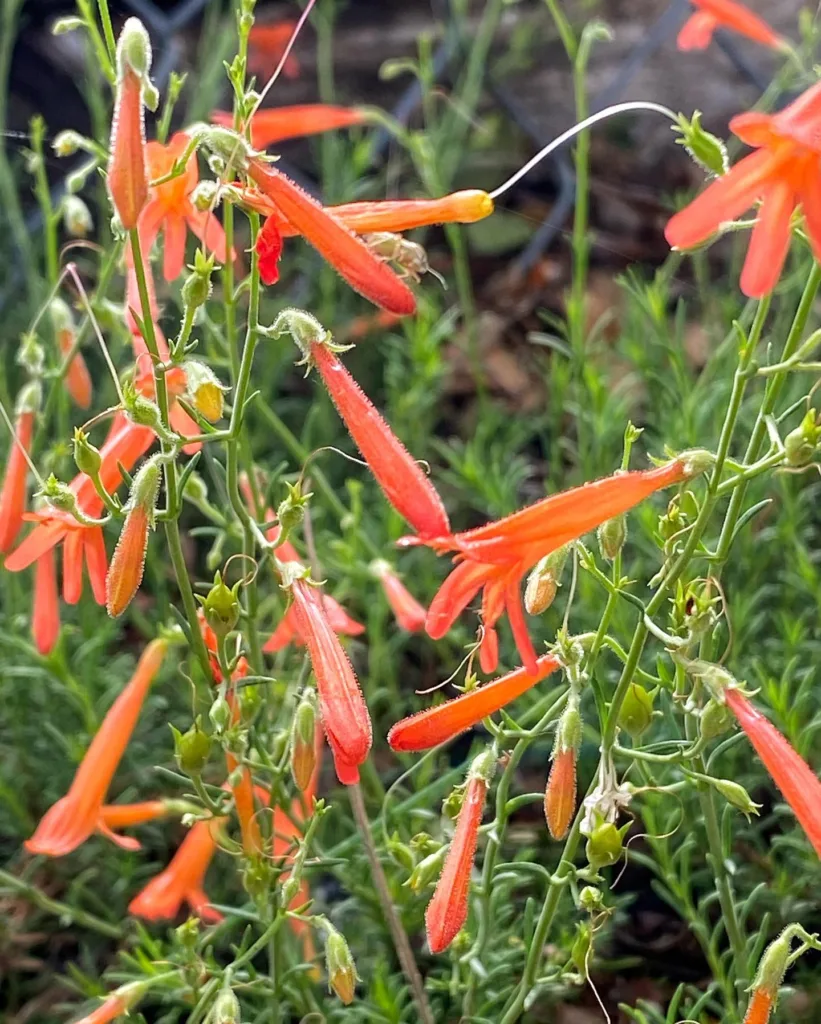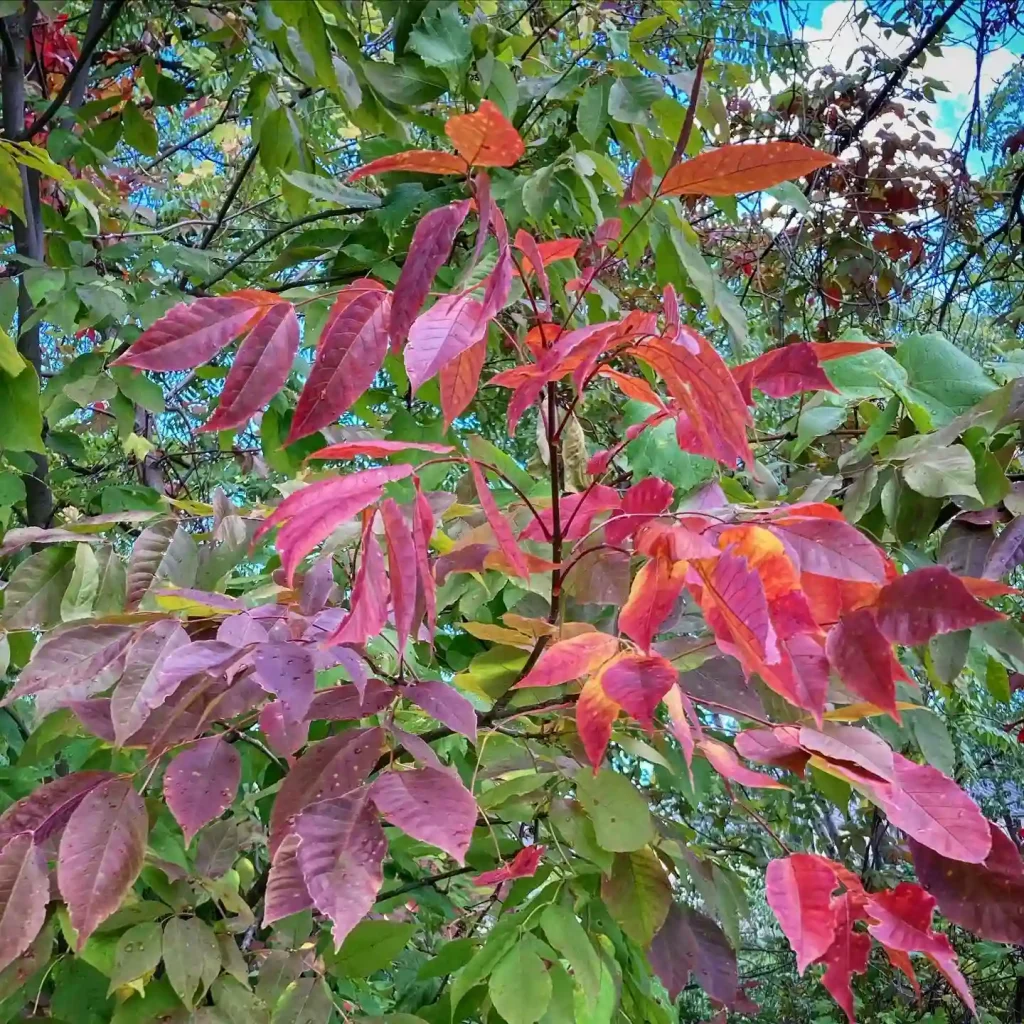Geissolomataceae: A Unique Family of South African Shrubs
The Geissolomataceae family is one of those fascinating plant groups that, while not widely known, has a special place in my plant exploration journey. Comprising just one genus, Geissoloma, this family is endemic to the Cape region of South Africa, a biodiversity hotspot known for its unique flora. When I first encountered this family, I was drawn to its rarity and adaptability, making it an intriguing subject for anyone passionate about botany or horticulture.
Geissolomataceae: A Monotypic Family
The family Geissolomataceae contains only one genus, Geissoloma, with a single species, Geissoloma marginatum. This monotypic nature is quite rare in the plant world, and it adds to the allure of this family. Many of us who are fascinated by rare and exotic plants often gravitate towards such unique specimens because they stand out in a world of more common, well-known species.
From a botanical perspective, Geissoloma marginatum belongs to the order Crossosomatales. What makes it particularly interesting is its highly specialized adaptations to its native habitat in the Cape Floristic Region. This shrub is evergreen, and like many plants from the region, it’s adapted to thrive in poor, sandy soils and resist drought. Such resilience is a trait I deeply appreciate, as it speaks to nature’s ability to survive and even thrive in harsh conditions.
Appearance and Growth Habits of Geissoloma marginatum
When I first saw Geissoloma marginatum, I was struck by its compact and dense form. The shrub typically grows about 1 to 1.5 meters tall, making it ideal for smaller gardens or as part of a collection focused on South African flora. Its small, leathery leaves are another sign of its adaptation to the dry, nutrient-poor soils of its native environment. These leaves are arranged in opposite pairs, giving the plant a symmetrical appearance that I find visually appealing.
One of the most striking features of Geissoloma marginatum is its delicate flowers. Blooming in spring, they come in shades of pale pink to white, with clusters of four-petaled flowers arranged in terminal spikes. While the flowers are not large or showy like those of some ornamental plants, there’s a subtle beauty to them. The fragrance is mild, adding a nice sensory layer to the plant’s appeal. For someone like me, who enjoys creating a diverse plant collection, these characteristics make Geissoloma marginatum a great choice for a xeriscaped garden or a water-conscious landscape design.
Native Habitat: The Cape Floristic Region
The Cape Floristic Region is one of the most botanically diverse places on Earth, and it’s always been on my bucket list to explore this region in person. Geissoloma marginatum is a part of the fynbos, a vegetation type characterized by shrubs, small trees, and a variety of proteas. In its natural habitat, this plant is well-adapted to the Mediterranean climate of the Cape, which features wet winters and dry summers. The soils are generally nutrient-poor and acidic, consisting mostly of sandstone-derived sands.
For plant enthusiasts like me, learning about these specialized environments deepens our appreciation of the resilience and evolutionary adaptations of species like Geissoloma marginatum. Its ability to thrive in such tough conditions makes it a model plant for drought-tolerant gardening, something I’m always keen to explore, especially given the increasing focus on sustainable horticulture.
Geissoloma’s Ecological Role
One of the reasons I love studying plants like Geissoloma marginatum is because of their ecological significance. This shrub plays an important role in the fynbos ecosystem, providing shelter and food for various insects and small animals. The flowers attract pollinators like bees, while the plant’s dense growth habit makes it a suitable nesting place for birds.
Moreover, its ability to survive fires—a common occurrence in the fynbos—makes it a resilient species. After a fire, Geissoloma marginatum can regenerate from its base, ensuring its survival in an environment where fire is part of the natural cycle. This characteristic is one of the reasons I’ve always admired plants from fire-prone regions; they show nature’s remarkable ability to recover and regenerate.
Growing Geissoloma marginatum in Cultivation
Bringing a piece of the fynbos into my garden has always been an exciting challenge. If you’re interested in growing Geissoloma marginatum, there are a few things to keep in mind. First, it thrives best in well-drained, acidic soils, much like those found in its native habitat. You’ll also want to ensure that the plant is placed in a sunny location to mimic the conditions of the Cape Floristic Region. One of the key lessons I’ve learned from growing drought-tolerant plants like Geissoloma marginatum is to avoid overwatering. These plants are adapted to dry conditions and can suffer from root rot if they are kept too wet.
Propagation is typically done through seeds, although cuttings can also be used. Patience is key, as this plant grows slowly and can take a few years to establish itself fully. However, once it does, it’s incredibly low-maintenance, making it a perfect choice for gardeners who want to conserve water while still enjoying a unique and rare specimen.
Why Geissoloma marginatum Is Worth the Effort
For me, adding Geissoloma marginatum to my garden collection was a rewarding experience. Its rarity, unique adaptations, and role in the ecosystem make it a standout plant. There’s something deeply satisfying about cultivating a species that represents both resilience and beauty in the face of environmental challenges. It’s a reminder that nature, even in its most extreme environments, always finds a way to thrive.
Whether you’re a plant collector like me or simply someone looking for a drought-tolerant shrub with a touch of elegance, Geissoloma marginatum from the Geissolomataceae family is a species that deserves attention. It’s not just a plant; it’s a story of survival, adaptation, and the beauty of the natural world.
If i die, water my plants!



